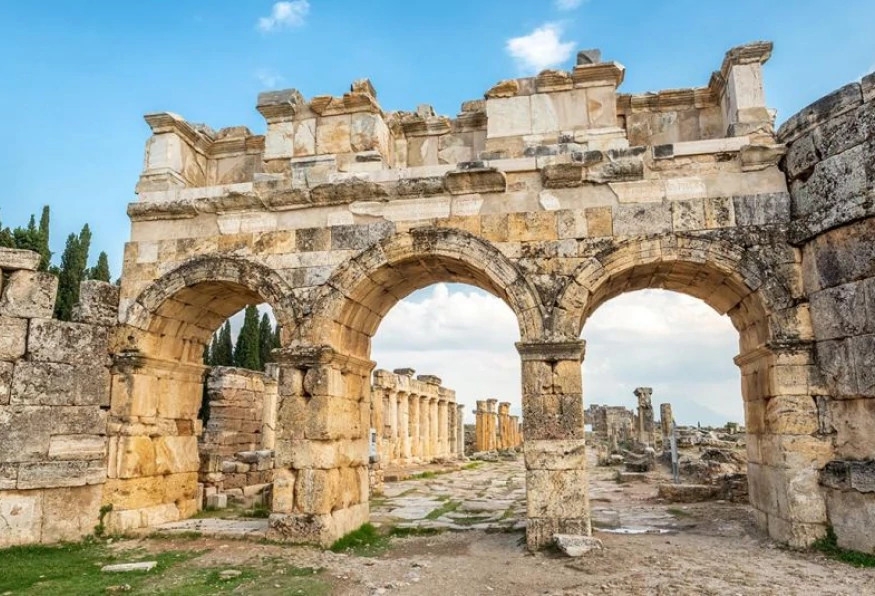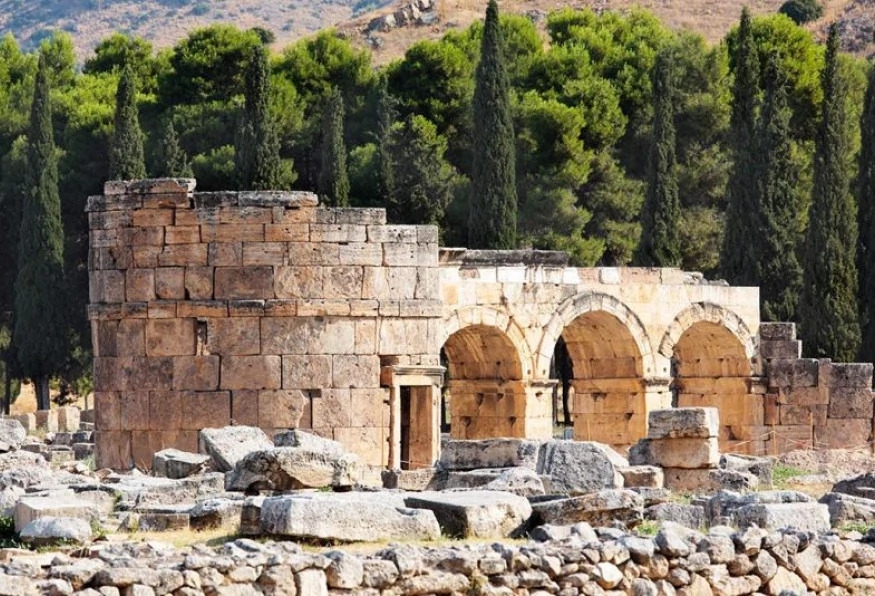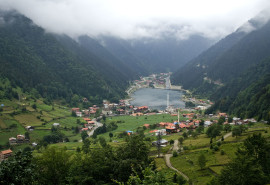Hierapolis Archaeology Museum
museumThe Hierapolis Archaeology Museum was established in the Roman Bath, one of the largest buildings in the ancient city of Hierapolis, and contains three covered and one open hall for relics.
The museum houses antique objects discovered during archaeological digs in Hierapolis and other ancient sites as Laodikeia, Colossal, Tripolis, Attitude, and Lycos. The museum houses the statuses of Tyche, Dionysus, Pan, Asclepius, Priestess of Isis, Demeter, as well as the best examples of terracotta sarcophagi, Maximilian sarcophagi, and a Sidemara type sarcophagus belonging to a city councilor Archon. The little hall exhibits small-scale historical artifacts from the Phrygian, Hellenistic, Roman, Byzantine, and Ottoman periods, such as terracotta oil lamps, votive containers, glass vessels, necklaces, and metal jewelry.
The mythological reliefs of Apollo and Artemis, the processions of Dionysus, Septimus Severus and his family, the frieze of Persephone's abduction by Hades, statues of Apollo, Leto, Artemis, Hades, and more were found during the archaeological digs around Hierapolis theatre, restored and set in the museum.
All of the civilizations’ beliefs, myths, and art that have lived in the region former, can be traced in the museum.



-thumb.jpg)

